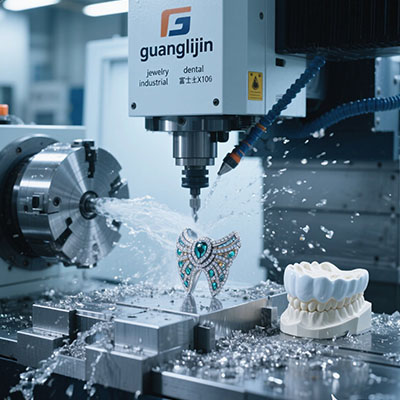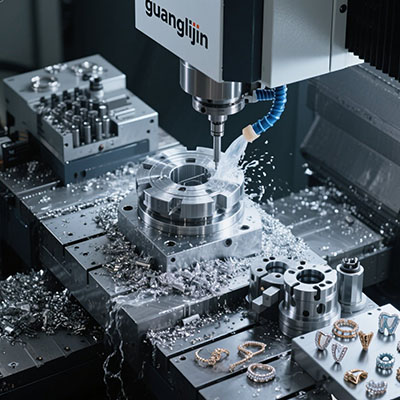Advanced CNC 3 Axis Mill Technology Guide: Modern Manufacturing Solutions
Why 3-Axis Technology Continues Evolving
Many assume 3-axis milling is mature technology. Actually, recent innovations have transformed capabilities. Modern machines offer unprecedented precision and efficiency.
Advanced controls and thermal compensation systems maintain micron-level accuracy. Smart monitoring prevents crashes and optimizes tool life. Today’s cnc 3 axis mill outperforms older models significantly.
Cutting-Edge 3-Axis Mill Innovations
Linear Motor Technology
Linear motors eliminate mechanical transmission components. They provide incredible acceleration and positioning accuracy. The direct drive system reduces maintenance requirements. Surface finishes improve dramatically with smoother motion.
Advanced Thermal Compensation
Modern mills integrate multiple temperature sensors. The control system adjusts positioning in real-time. This compensates for thermal growth during long operations. Accuracy remains consistent throughout production cycles.
Integrated Probing Systems
Touch probes automate part setup and inspection. They verify workpiece position automatically. In-process checking detects tool wear and breakage. This reduces operator intervention and improves quality.
Technology Comparison: Traditional vs Advanced
| Feature | Traditional 3-Axis Mill | Advanced 3-Axis Mill |
|---|---|---|
| Positioning Accuracy | ±0.0003″ | ±0.00008″ |
| Thermal Stability | Manual compensation | Real-time automatic adjustment |
| Setup Time | 30-45 minutes | 5-10 minutes with probing |
However, it’s worth noting that advanced features require proper implementation. Without training, these capabilities may remain underutilized.
Implementing Advanced 3-Axis Technology
Follow these steps for successful technology adoption:
- Assess current workflow bottlenecks and accuracy requirements
- Select machines with appropriate advanced features for your needs
- Train operators on new software and probing systems
- Implement standardized tool management and presetting
- Develop maintenance protocols for advanced components
- Establish data collection and analysis procedures
Our team discovered this during a 2024 medical device project. We implemented integrated probing systems. First-article inspection time reduced from 45 minutes to just 8 minutes.
Advanced Technology Implementation Warnings
Interestingly, the most expensive features aren’t always the most valuable. Sometimes simple upgrades provide the best return on investment.
Advanced Manufacturing Performance Data
According to Modern Machine Shop research, advanced 3-axis mills achieve 99.8% uptime with proper maintenance. The National Institute of Standards and Technology reports that thermal compensation improves accuracy by 60% in varying shop conditions.
These improvements justify technology investments quickly. Reduced scrap and faster setups provide rapid returns.
Advanced 3-Axis Mill Implementation Checklist
- ✓ Verify network infrastructure for connected machines
- ✓ Confirm staff training on advanced features
- ✓ Assess data collection and analysis capabilities
- ✓ Validate maintenance procedures for new components
- ✓ Establish cybersecurity protocols for networked equipment
- ✓ Document ROI metrics and performance benchmarks
Frequently Asked Questions
What are the latest innovations in cnc 3 axis mill technology?
Linear motor drives, real-time thermal compensation, and integrated probing lead recent innovations. These technologies improve accuracy, reduce setup time, and enhance reliability significantly.
How much do advanced 3-axis CNC mills cost?
Advanced models range from $120,000 to $400,000. The price reflects integrated technology levels. Basic industrial machines start around $80,000 without advanced features.
What training is needed for advanced 3-axis mill operation?
Operators need training on probing systems, thermal compensation, and data monitoring. Advanced programming techniques for high-speed machining are also essential for optimal results.
Can advanced 3-axis mills replace 5-axis machines?
For many applications, yes. Advanced 3-axis technology with fourth-axis add-ons handles complex parts efficiently. The decision depends on part geometry and production volume requirements.
What maintenance do advanced 3-axis mills require?
Beyond standard maintenance, linear motors need regular cleaning and calibration. Probing systems require periodic accuracy verification. Network components need software updates and security monitoring.







